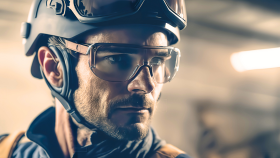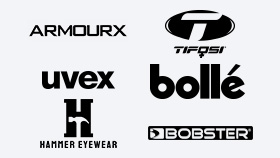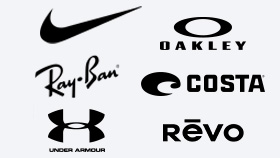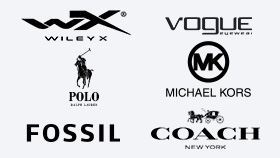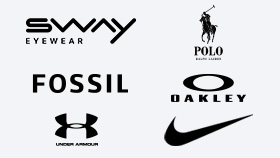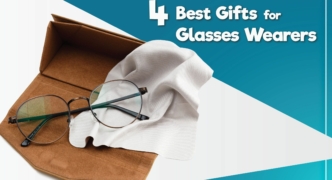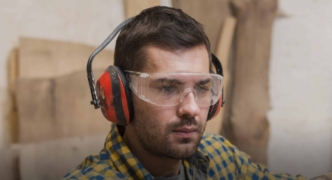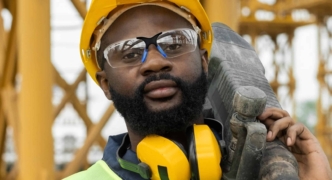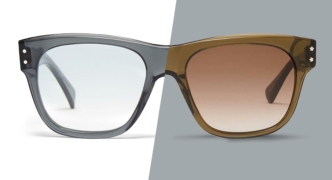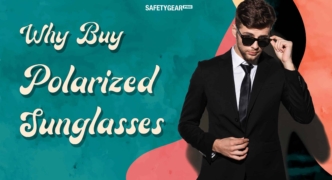The Ultimate Guide To Eye Protection
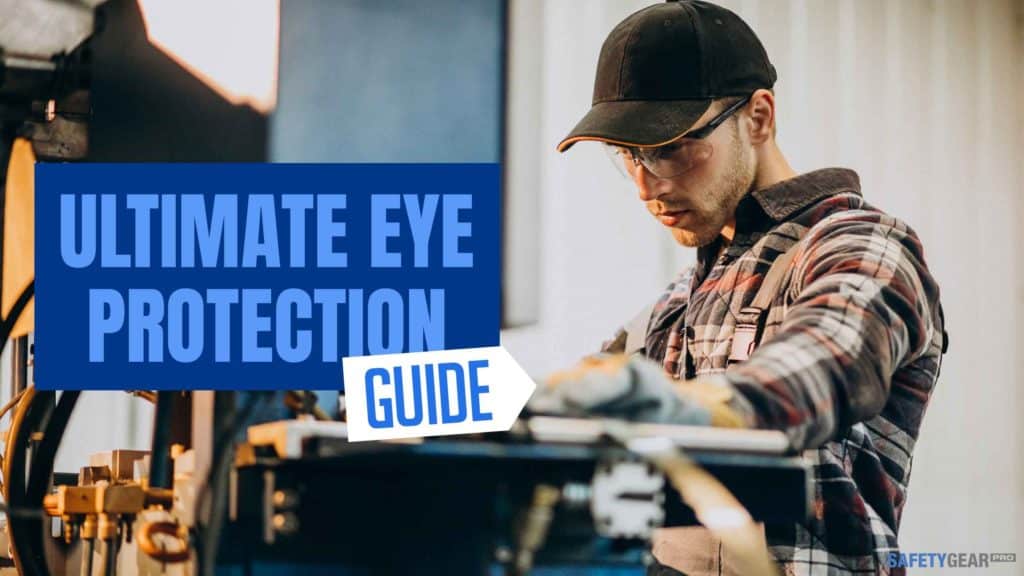
Millions of people suffer eye injuries every year, many of which could be prevented by wearing the right eye protection. According to Prevent Blindness, over 700,000 Americans injure their eyes at work, and the use of safety glasses or goggles could reduce the severity of up to 90% of these injuries. Whether you need to protect your eyes at work or school or during sports or hobbies, use this guide to select the most effective safety eyewear.
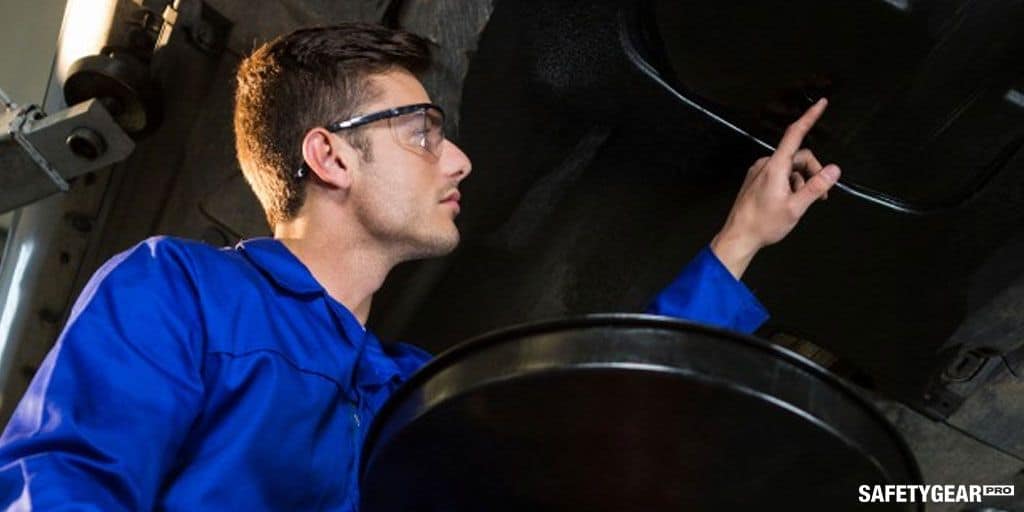
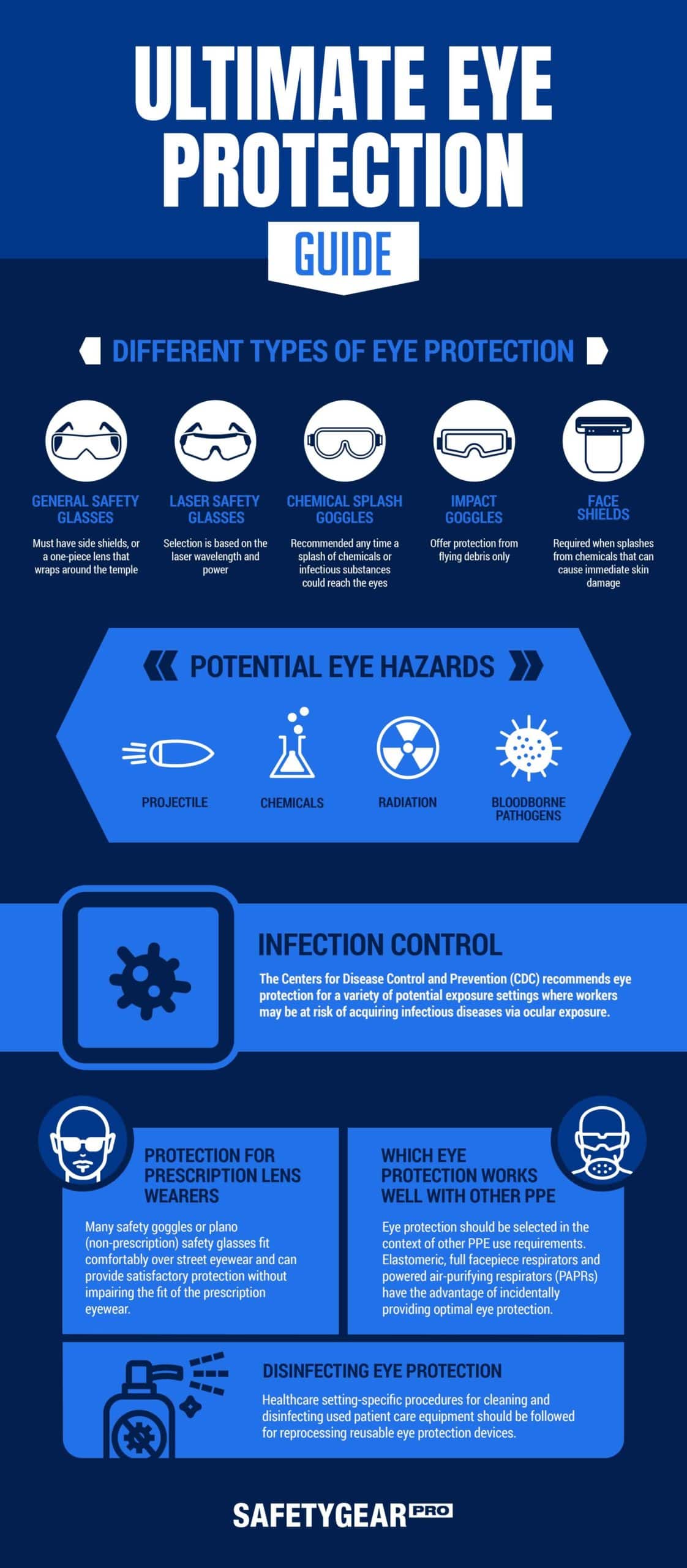
The Main Types of Eye Protection
Every application calls for unique protective eyewear. When you set out to obtain eye protection, you should be aware of eye safety risks in a workplace or any other environment. Select glasses, goggles or more advanced combined ocular and respiratory personal protective equipment. Find out more about the most popular styles of protective eyewear and PPE.
Safety Glasses
Glasses are comfortable to wear at work or in school. Safety frames tend to resemble lifestyle or sports frames, but this eyewear may be designed to stand up to any of the following eye hazards:
- Impact
- Intense light
- Chemicals
- Particulate
Many protective frames are prescription-ready. Whether you require Rx or Plano safety eyewear, you should always check the rating of frames and lenses. Select glasses with a rating applicable to any hazards you have an elevated risk of encountering during wear.
In addition to descriptions of frame styles, markings on the inner side of lenses and frames indicate whether glasses meet basic impact, high-impact or other eye protection standards. Prescription lenses in safety eyewear bear distinctive markings such as the American National Standards Institute Z87-2 marking for lenses rated for basic impact and the Z87-2+ high-impact standard.
Protective Goggles
Goggles with a headband or strap provide a more secure fit and more complete eye protection. The design of the lenses in goggles provides superior top, bottom and side coverage. It may be more difficult to get goggles fitted with corrective lenses than glasses.
The cylindrical or spherical lenses of goggles can cause distortion when paired with powerful prescriptions. Look for goggles that accommodate your prescription or have lenses with a similar step diopter. Wearing goggles over contacts may be acceptable for some applications but can also increase the risk of eye injury in the event that contact occurs.
Wear goggles to protect your eyes from exposure to optical radiation such as intense forms of high-frequency visible, infrared or ultraviolet light. Goggles that have indirect or no ventilation are suitable for blocking chemical splashes, liquid droplets and impact hazards.
Full-Face Respirators
A full-face respirator is an advanced form of PPE that combines respiratory and eye protection. This piece of equipment provides more protection for the nose, mouth and eyes than masks, N95 respirators, or half-mask respirators.
A full-face respirator can keep wearers from exposure to infectious diseases transmitted through the air or by blood droplets or spatters as well as dust, particulate and chemical vapors. The cartridge you put in a mask determines the level of protection a respirator provides, from dust filtration to organic vapor or acid gas. Choose from elastomeric or powered air-purifying designs.
Welding Helmets
If you do any type of welding, you should layer a welding helmet over protective eyewear to avoid photokeratitis or welder’s flash and other ocular damage. This occupational PPE comes in a full range of tint densities to protect your eyes for a full range of tasks. Shades from 1.5 to 3 are suitable for torch soldering, while darker shades are preferable for torch brazing, cutting or gas welding. Electric arc welding calls for lenses in shades 10 to 14 worn under a protective helmet.
Protection From Potential Hazards
The hazards to which eyes are exposed to vary based on the environment. The ANSI Z87.1 standard covers protection from basic and high-impact hazards. The following markings are used to identify protection levels:
- Z-87 for basic impact
- Z-87+ or Z87-2+ for high impact
- D and number for droplets and dust
- R and scale number for infrared light
- U and scale number for ultraviolet light
- W and shade number for welding
Select frames and lenses or goggles with an appropriate safety rating to protect eyes from known risks. Make sure that corrective eyewear meets all relevant standards. If you require eyewear with special or photochromic lenses, look for glasses or goggles with these features and either an S or V lens marking.
Eye Protection and PPE
Eye protection is an important piece of PPE, but glasses and goggles do not provide complete protection. Your head, face and the rest of your body may also be exposed to hazards that require the use of PPE such as protective garments, respirators, gloves and hearing protection.
Depending on your work environment or other activities, you may need to combine glasses or goggles with a mask, face shield or half-face respirator or wear a full-face respirator to protect your eyes, nose and mouth. Make sure that other PPE is designed to be worn with safety eyewear.
Cleaning and Disinfecting Eye Protection
Whether you choose to wear glasses or goggles for safety, it is important to maintain protective eyewear. Regular cleaning can keep lenses clean and clear for optimal visual clarity.
Depending on lens materials and coatings, you may need to use certain cleaning solutions or cloths to prevent scratches and premature wear of anti-fog or other lens coatings. Shatterproof polycarbonate lenses are prone to develop scratches that can undermine your quality of sight and provide less protection from harmful ultraviolet rays and other intense light.
If you wear eyewear in an area with contamination or infection risks, disinfection will also be necessary. Use an approved cleaning solution and process eyewear with other soiled equipment. Physically clean PPE while wearing gloves and any other protection necessary to minimize the risk of exposure.
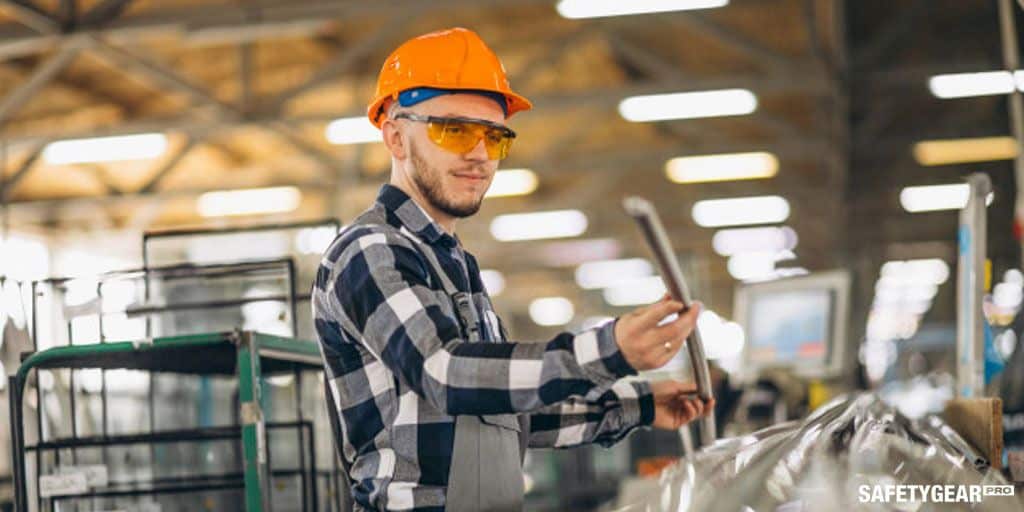
FAQ
How do I choose the right eye protection?
Assess the eye safety hazards in a workplace or any other environment. Depending on the application and risks, you may require glasses or goggles rated for specific hazards or additional protection such as a respirator or welding helmet. Make sure that any PPE you select meets the applicable safety standards.
What are the best safety frames and lenses?
The best protective eyewear is rated for a relevant application or use and fits your face. Depending on whether you need vision correction, you can customize eyewear with prescription lenses. Frames and lenses should provide physical protection for eyes while improving your ability to see clearly in potentially hazardous surroundings.
Are goggles better for eye safety than glasses?
Goggles provide more protection than safety glasses. Even wraparound frames do not completely cover the top and bottom of the eye and protect the socket bone structure. You can find goggles rated to shield eyes from bright light, chemicals, dust, impact and liquid hazards. Venting affects the level of protection.
How do I determine which PPE I need?
You may require a combination of eye, respiratory or hearing safety gear for certain activities. Consider your chances of exposure to known risks such as high-intensity light, contaminants or pathogens. Consult safety resources to confirm that you have an adequate level of head, face and body protection for any application.
What standards are used to rate PPE?
The leading safety standards for PPE are maintained by independent standards bodies such as ANSI and ASTM International. In the United States, the federal Occupational Safety and Health Administration maintains standards for PPE intended for workplace wear. Other countries have different safety standards in place for protective equipment for workers.
